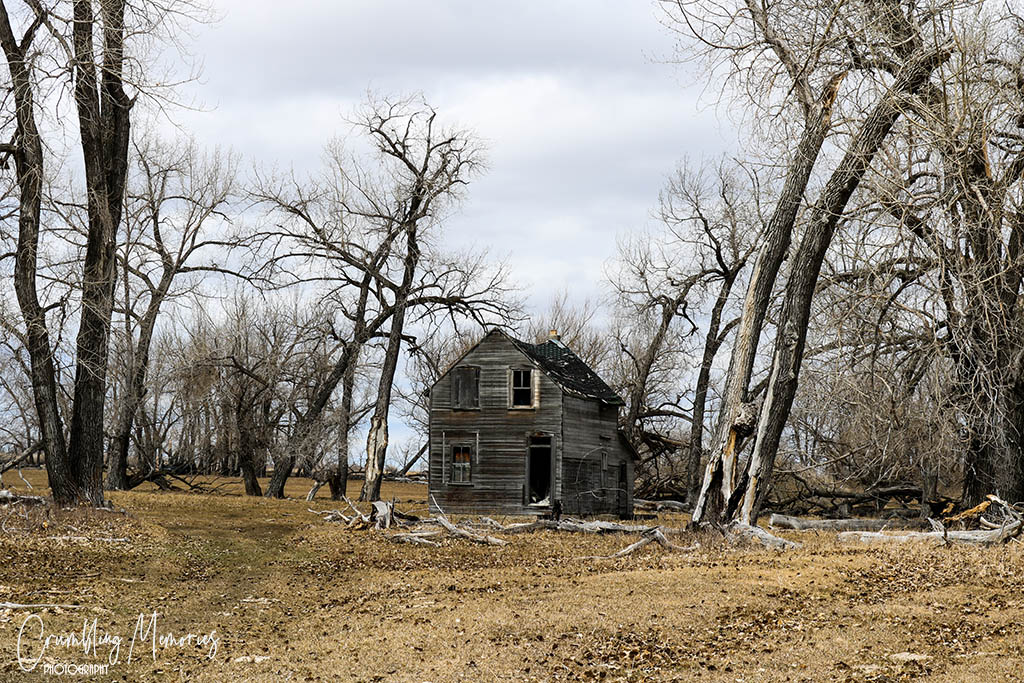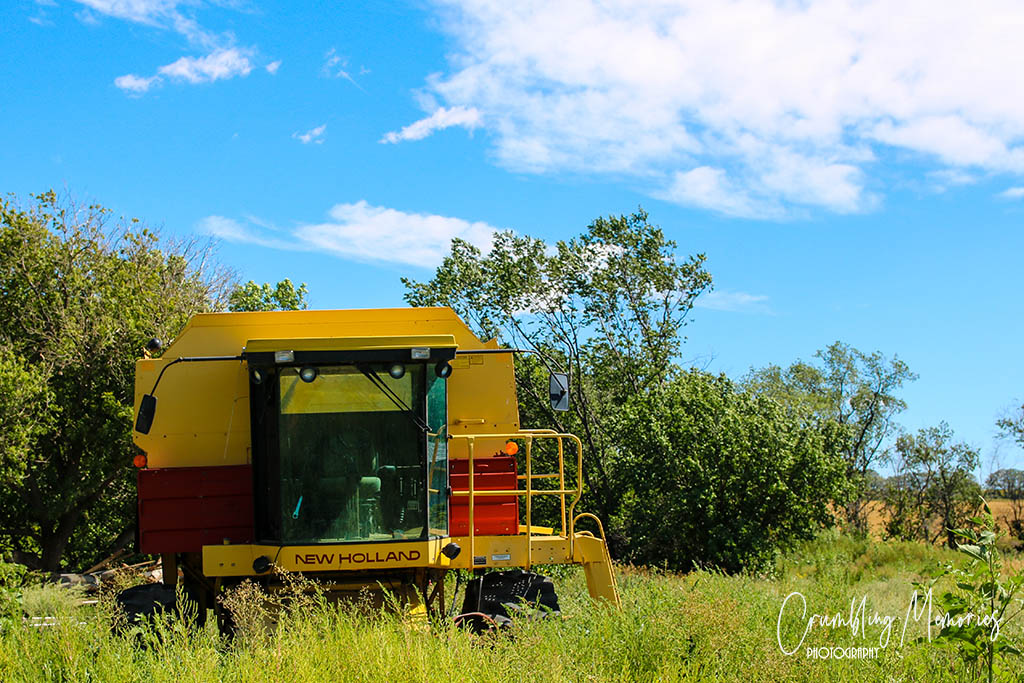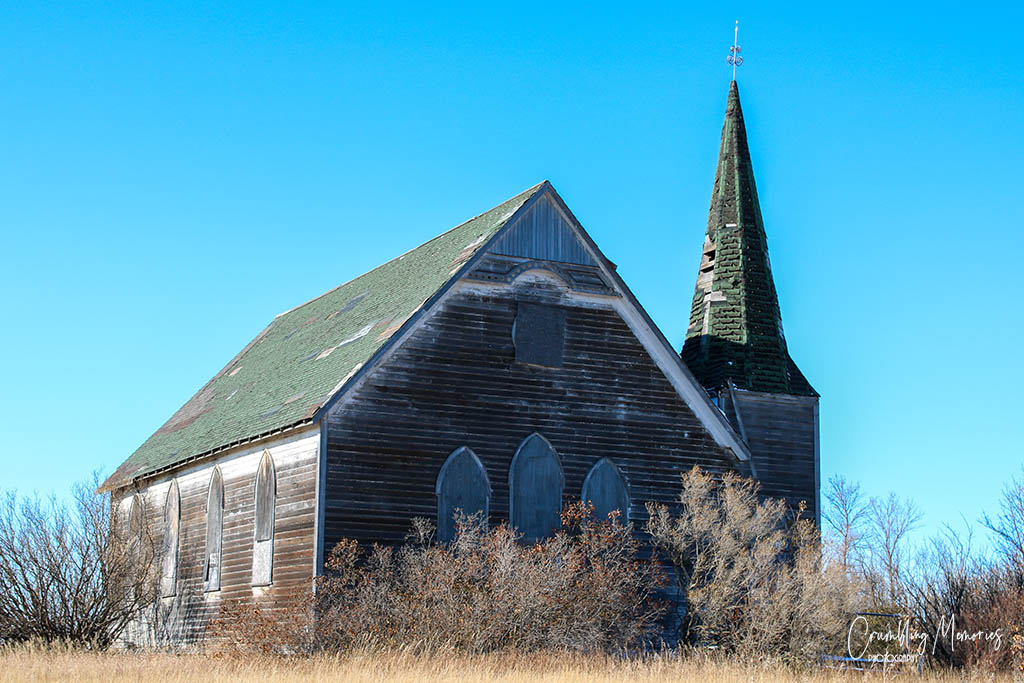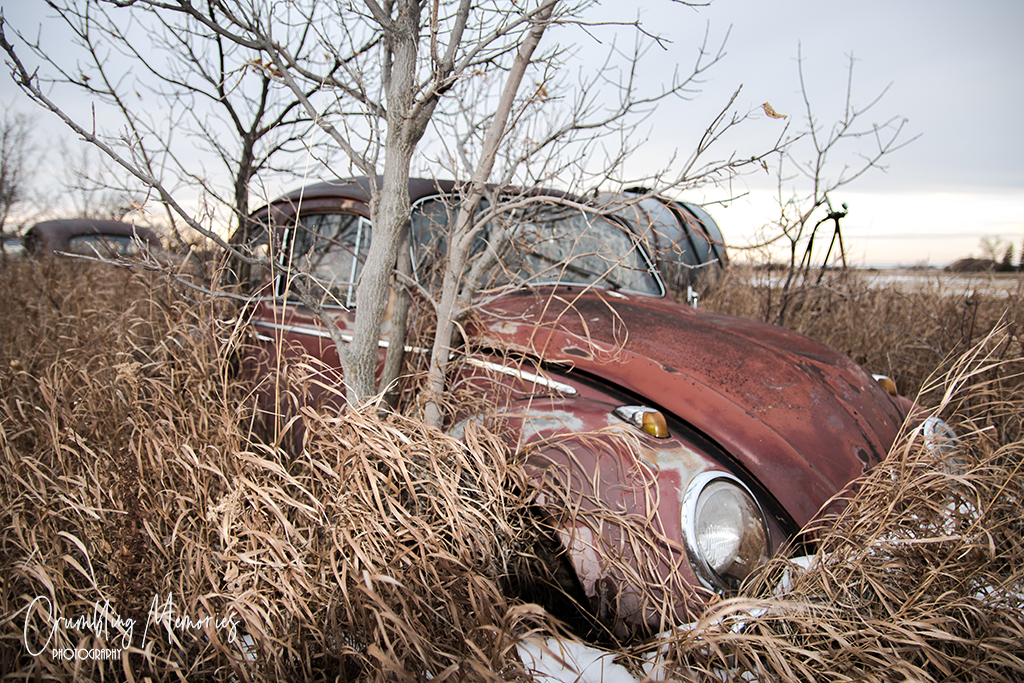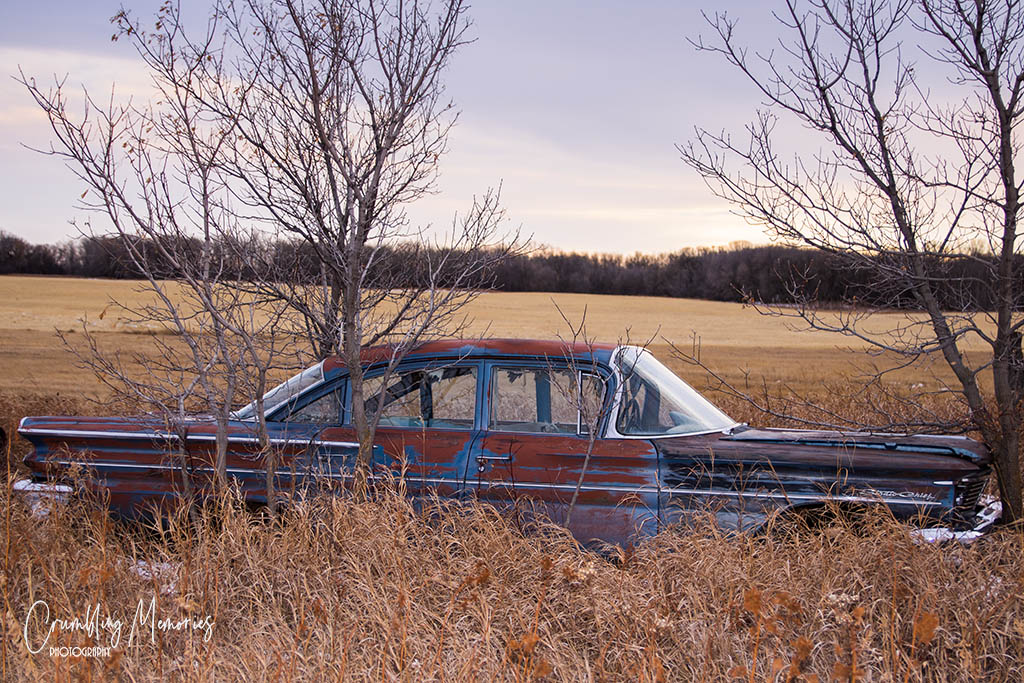This history made my head hurt. There’s just so much and then trying to link it all together without screwing it up. I actually started it and then stopped and went away from it for a few days. But here I am, making another attempt and writing just the most recent. I tend to become long winded when I write and I needed to remind myself to stick to what I know for sure, sort of.
I have been waiting many years for these houses to become more abandoned looking. And really when I photographed them, I wasn’t expecting to find out a whole bunch about them. Well, never assume because this piece of property and the family that owned it is full of history.
Sections of this land were purchased by the first settlers in this area who arrived in 1881. They did not homestead on this property but they farmed it because it is said that at that time land was cheap and “fertile”. Early settlers made out well.

The families who homesteaded on this land were not the original landowners. From my understanding, homes were not built here until many years later. In fact, the niece of one of the original settlers came from Montreal with her two boys to be a housekeeper for her uncle. Her son B, worked for his great uncle and eventually bought the land in 1912. B married and together the couple had 11 children, although 4 of those children died in infancy. Two of their son’s would eventually take over the farm for their parents.

I am going to make the assumption that this home was built by B & M and was the home that the two brothers were born and raised in. I am also going to assume that this house was an Eaton’s catalogue home. The home is still in very good condition although someone has come along and smashed windows.
Partners, I assume that when the brothers were old enough to have families of their own but wanted to continue farming together, this second home was built.









